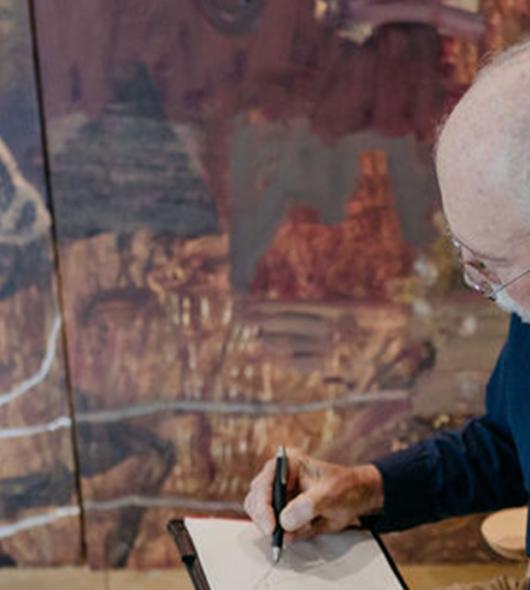
The Benefits of Hand-Drawing
Hand-drawing is a form of intimate connection with a project that I find irreplaceable. When I’m sketching, the paper becomes a thinking space where each stroke can lead to unexpected solutions. The physical act of drawing engages different cognitive processes, often leading to a deeper understanding of the project. It’s a tool for seeing, not just for showing.
For me, hand-drawing is not just a personal preference but a fundamental part of how I connect with a project and its stakeholders. Drawing in front of clients during the early briefing sessions, where ideas are still fluid, allows for immediate feedback and a shared sense of ownership over the emerging design. There’s also an element of personal touch and craftsmanship in a hand-drawn plan that resonates with clients and helps to communicate the bespoke nature of each project.
I have noticed a concerning trend in education where students are coming out of university without this skill—a skill that, to me, is vital for any architect, building designer or draftsperson. The rapid iteration and flexibility that comes with hand-drawing can be difficult for digital tools to match.
